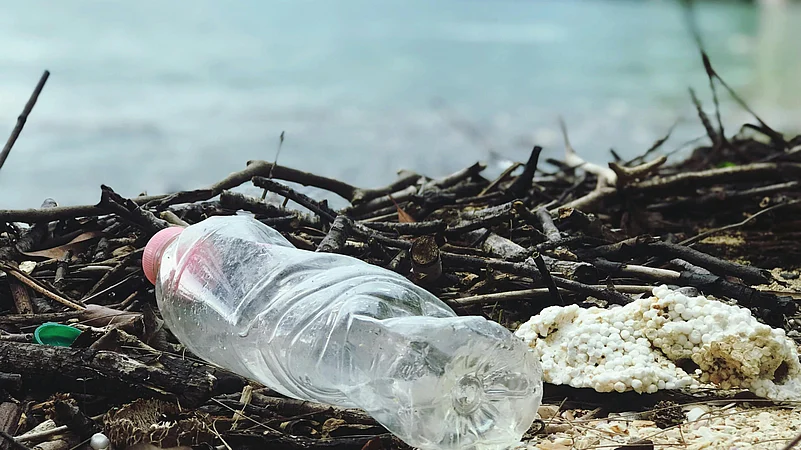
Study shows over 170tn plastic particles in oceans; impact could last centuries.
Microplastics growing rapidly, contributing to ocean pollution, with no clear solution in sight.
Without drastic action, plastic pollution may more than double by 2040, experts warn.
Contrary to the belief that plastic in the ocean sinks or disappears on its own, a research published by Queen Mary University of London found that most large, buoyant plastics degrade slowly at the surface, fragmenting into smaller particles over decades.
A 2023 study published in the journal PLOS ONE revealed that more than 171 trillion pieces of plastic are now estimated to be floating in the world's oceans.
Elaborating on how the tiny fragments hitch a ride with marine snow to reach the ocean floor, Nan Wu, the paper’s lead author from the Department of Geography and Environmental Science at Queen Mary University of London stated in the news release that the process is time consuming. The research indicated that even after 100 years, 10% of the initial plastic mass can still be found at the surface, providing a continual source of small MPs to ocean surface waters.
“It could last potentially for eons, unless something evolves in that time to break down plastic in the very cold environment of the ocean,” Oceana senior scientist Dr. Kim Warner told The Independent.
Plastics on the surface break down into microplastics when exposed by sun or tossed by waves, while the plastics that end up on the ocean floor will degrade more slowly. Because of their small size, these tiny plastic pieces are extremely difficult to remove, and may never fully go away, according to US National Oceanic Atmospheric Administration (NOAA).
Globally, approximately 11mn metric tons of plastics flow into the ocean from land-based sources alone each year. To put that into perspective, that is more than a garbage truck's worth of plastic waste each minute. Without immediate and bold action, this number could more than double by 2040, according to a 2020 study co-authored by Ocean Conservancy.
Plastic Pollution Reaches Record Levels
A team of international scientists analysed records collected between 1979 and 2019 from nearly 12,000 sampling points in the Atlantic, Pacific and Indian oceans and the Mediterranean Sea. They found a rapid increase in ocean plastic pollution since 2005.
The 2023 study published in the journal PLOS ONE stated that plastic pollution in the world’s oceans during the past 15 years has reached unprecedented levels.
"Today's global abundance is estimated at approximately 82-358tn plastic particles weighing 1.1-4.9mn tonnes. We observed no clear detectable trend until 1990, a fluctuating but stagnant trend from then until 2005, and a rapid increase until the present," the PLOS ONE study concluded.
The report by Ocean Conservancy emphasised the need to make dramatic changes to how we produce, use and dispose of plastics to reverse the growing trend of plastics ending up in our ocean and our communities.
































